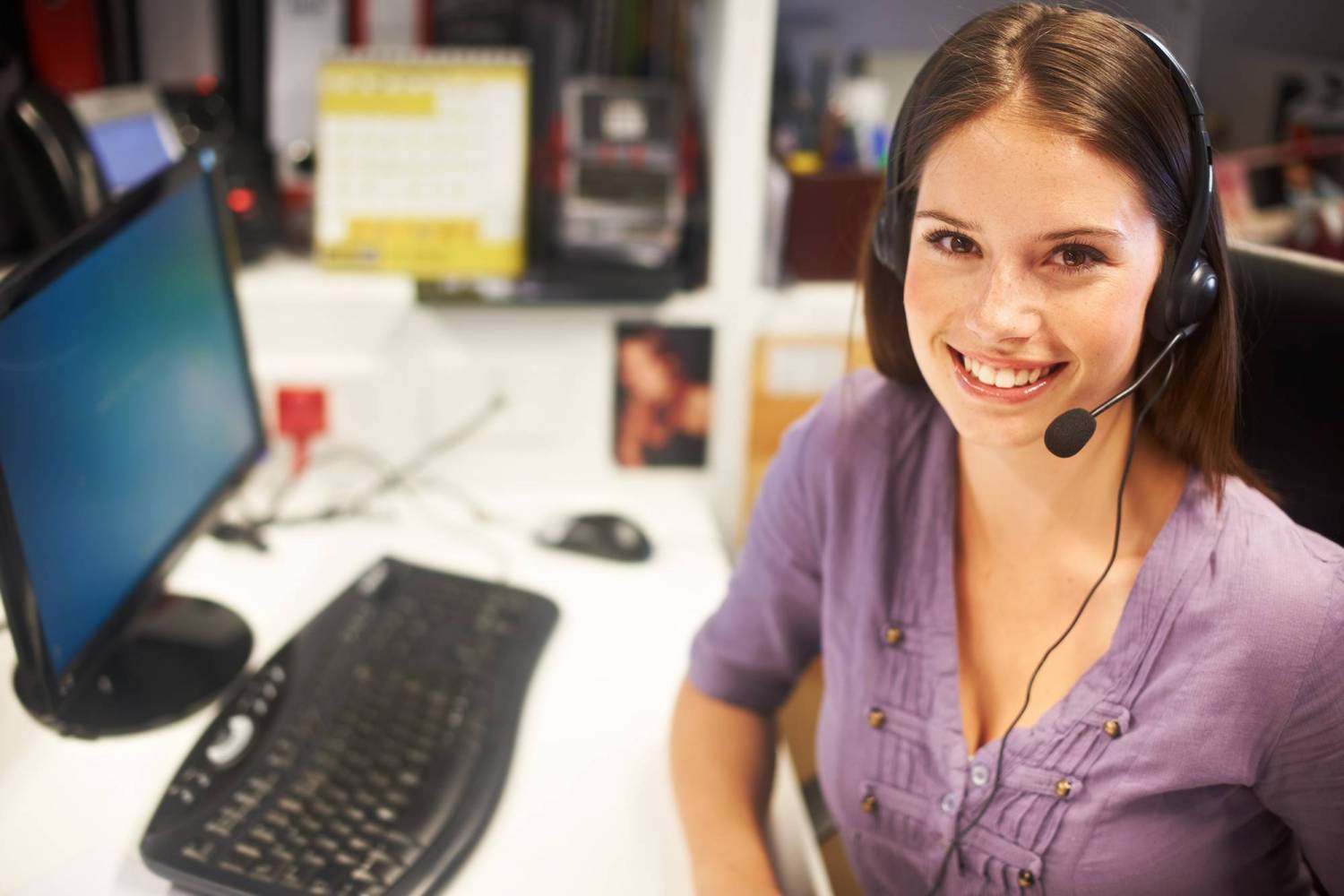Remote Monitoring
How we work with residential providers to deliver service more efficiently
Rest Assured works with residential providers and the support team to support individuals in living more independently. We are typically a subcontractor to the residential provider and provide support to an individual served on their behalf. Working with the provider and team during the intake process, we develop a remote monitoring care plan for each person served. We then perform an evaluation of the home to determine what remote monitoring equipment will be needed. We build and install the system, and then provide remote monitoring support to the individuals in the home.

Reducing provider cost and addressing direct care shortages
Rest Assured’s remote monitoring services are Medicaid Waiver funded in many states. Our services reduce the reliance on direct care staff and expand the number of people who can be served with existing resources. Our services can be less than half of the cost of the wages of direct care staff.
Contact Us To Discuss Your Agency’s Opportunities
A Rest Assured representative will contact you to discuss how we might work together and answer any questions you may have. Contact us today.
Research study on effectiveness of remote monitoring
Click below to read a study conducted by Purdue University on the benefits of remote monitoring.


Remote monitoring and technology benefit residential providers and the disability field.
The Human Services Research Institute white paper.
Typical Use Case Examples
There are many unique ways remote monitoring can be implemented to increase independence and help residential providers become more efficient. Below are a few examples.
Replace direct care staff with remote monitoring during appropriate times.
- Many residential providers are using remote monitoring in lieu of direct care staff on the overnight 3rd shift
- Remote monitoring can also be used to fill short hard to fill shifts
- Remote monitoring is also being used to reduce staffing ratios in homes with multiple staff on duty
We never designed our system to be a direct care monitoring system, but many residential providers are using it this way.
- Providers can have access to live and recorded video in the homes of the individuals they serve to provide more oversight of direct care staff (consent of the person served required)
- Sensors can track and validate that critical care events are happening (i.e. sensor detects medication cabinet opened at med time, motion detector activated near bed validating staff have performed hourly checks, door sensors log the number of times staff take a smoke break)
Would you like to see remote monitoring in action
Contact us today to request a webinar demonstration for your agency.
